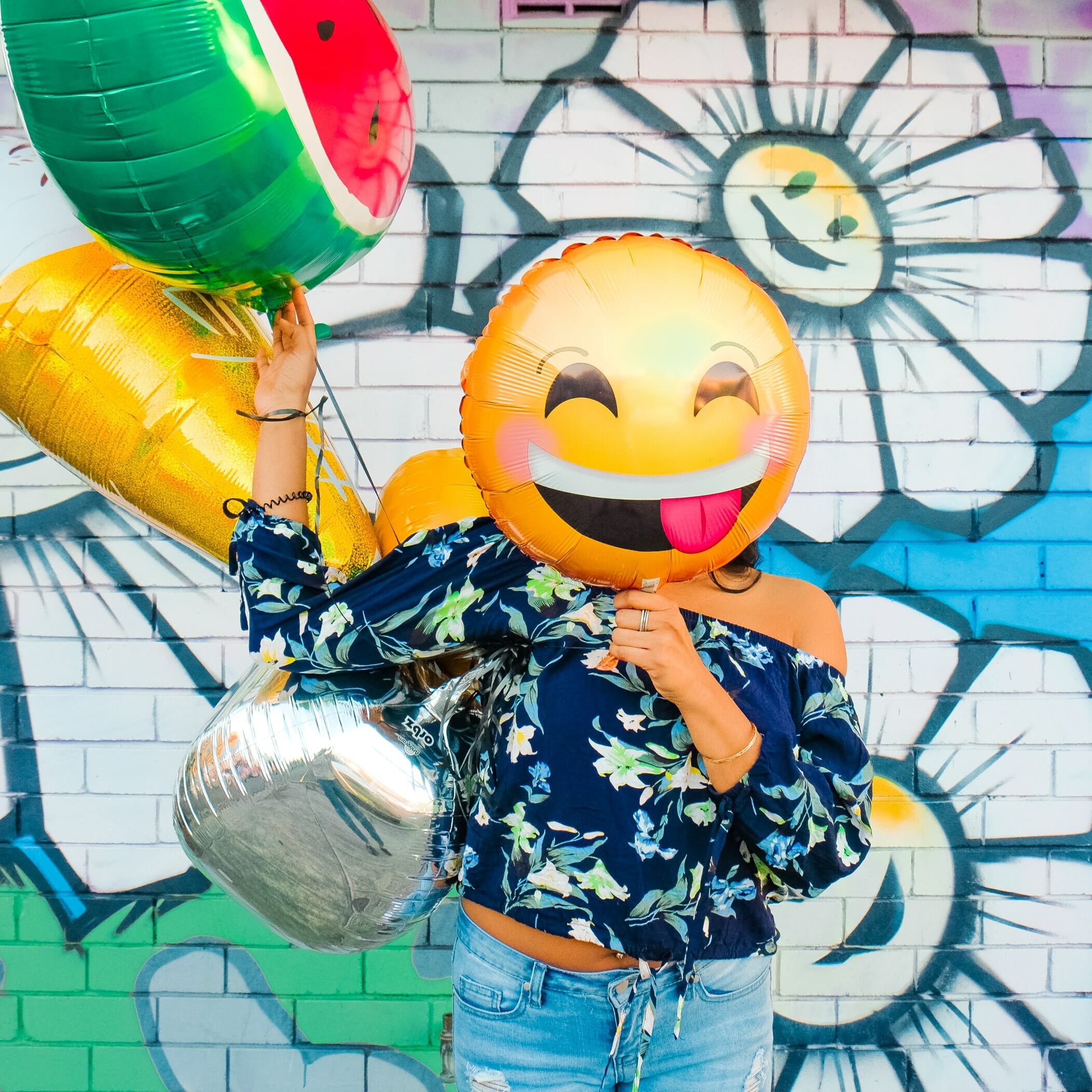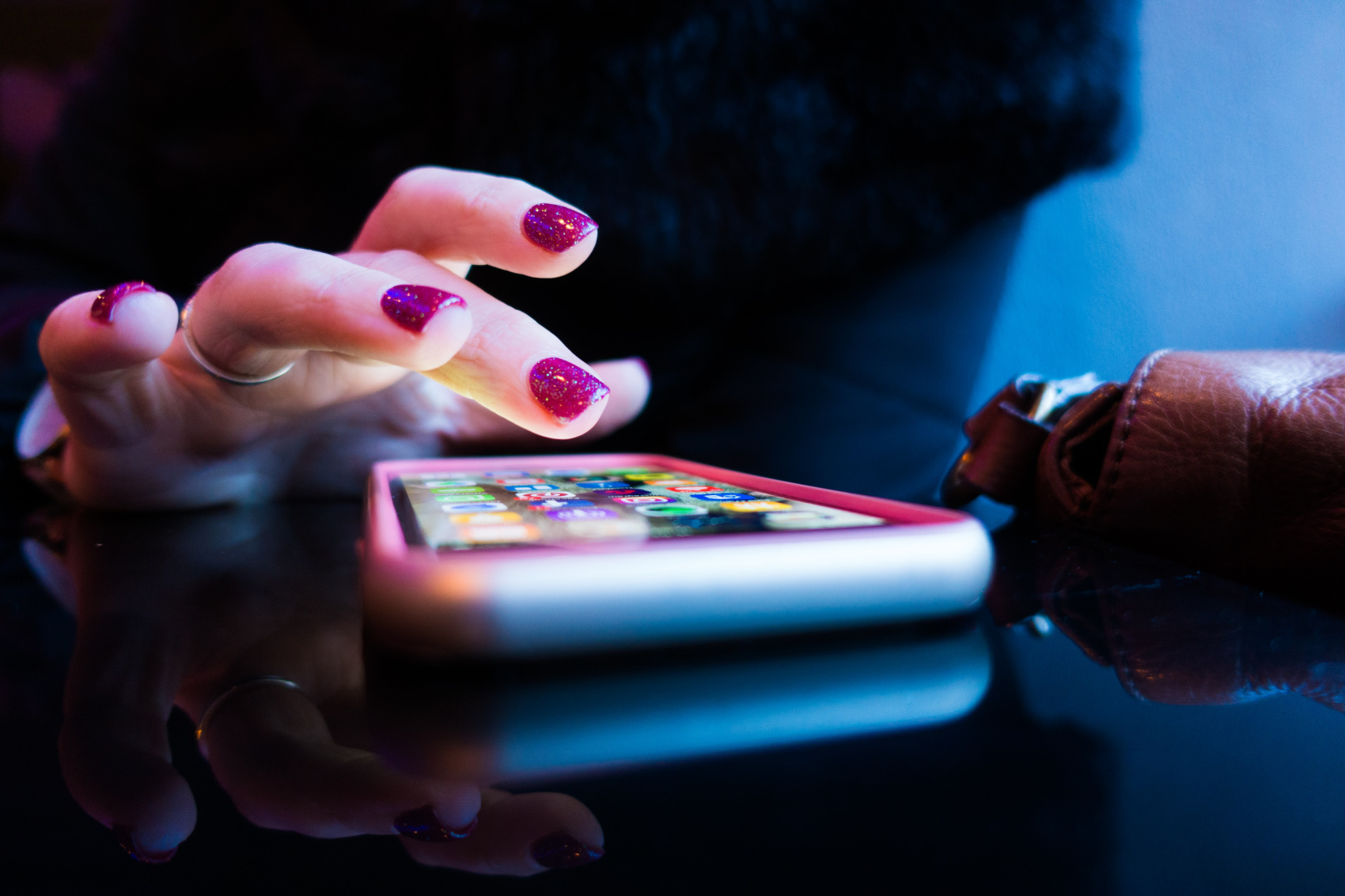August 6, 2020
A Brief History of Emoji

In today’s digital world, emojis have become a commonplace and natural extension to how we communicate. They allow us to convey nuance, emotion, and complex information with unmatched brevity. But how did we end up with these colourful symbols?
Before the emoji, there was the emoticon
As texting and the internet were growing up in the mid-’90s, it didn’t take long for people to figure out how to make facial expressions using keyboard symbols in texts and on web bulletin boards and chat rooms. 🙂 for happy, 🙁 for sad, 😉 for when you’re being sarcastic, and so on. This was, and still is, a common and convenient way to add feeling and emotion to your message, so much so that most platforms will convert emoticons into the corresponding emoji when you type them.
The first emojis are born
In 1999, Sigetaka Kurita, a Japanese artist working for DOCOMO, Japan’s largest mobile service provider, on the company’s early mobile internet platform, created the first 176 emojis. Kurita designed these 12×12 pixel images to be a simple, attractive way to provide information. This original set heavily favoured symbols, as the goal was to communicate things like weather, traffic, time, and technology, rather than emotions. That said, they included things like heart symbols and some rudimentary facial expressions.
Emojis very quickly became popular in Japan, and as mobile computing grew, they began to show up in other countries. In 2007, Apple was busy integrating emojis into its platform as part of the development of the first iPhone. Apple petitioned the Unicode Consortium, the international body that maintains standards for text on computers, to have emojis recognized as part of the Unicode standard to ensure the consistent display of emoji across different devices.
Emoji go worldwide
In 2009, Apple engineers, Yasuo Kida and Peter Edberg submitted a proposal to have 625 emojis included in the Unicode Standard. The Unicode Consortium accepted Apple’s proposal, recognizing the increasing popularity of the characters. Emojis were now recognized globally as an official digital language, with each of the 625 emojis given their own numerical code that any computer could use.
Evolution and growth of emoji through the 2010s
It didn’t take long for emojis to become standard across all computing platforms. Apple added an emoji keyboard to its iPhone in 2011, Android followed in 2013. At the same time, the Unicode Consortium was adding new emojis to its approved list every year to reflect diversity, cultural trends and the global use of emoji. 2014 saw the addition of emojis for national flags. In 2015, they added emojis in multiple skin tones and symbols for same-sex couples. In 2016, they were joined by the pride flag and the single dad. And 2017 saw the inclusion of everything from mythical creatures to food and dinosaurs.
Today
As of March 2020, there are over 3,300 emoji with an average of 300 new emoji added every year. Emoji can track major trends and some emoji have taken on new, and different meanings from their original purpose . According to Unicode, Face With Tears of Joy, ❤️ Red Heart, and Smiling Face With Heart-Eyes are the most popular emoji (despite being among the oldest). If you want, you can even submit your own proposal to have an emoji considered by the Unicode Consortium.
Did you know
Hushed is more than calling – you can also use a second number for texting! Hushed offers full support for all the messaging features you expect like emoji and pictures (US, Canada, and UK numbers only). Hushed is an easy and convenient way to get a number in over 300 area codes in North America. It’s faster, easier, and cheaper than calling your telephone provider, and you can add and change numbers you have whenever you’d like. Get started with a free number 3-day trial now!


